Tour Edge Exotics C722 Fairway Wood
The Tour Edge Exotics 722 line of clubs introduces two distinct product families to address the needs of players of all skill levels. Players looking for “extreme forgiveness” with maximum MOI are a good fit for the E722 series of clubs, whereas players requiring a more “competitive spec” option designed for lower spin and playability may be more interested in the C722 series. The new Tour Edge Exotics C722 fairway wood introduces new technology and adjustability in a slick player-preferred profile for the better ball striker. Take it from me, this one has the potential to be one of Tour Edge’s best fairway woods yet.
The Looks
When I first saw the new Tour Edge Exotics C722 fairway wood, I did the usual “hold it slightly above the ground in a semi-address position” and said to Jon Claffey, “this might be the best looking fairway wood you guys have ever made.” Tour Edge gave the C722 a “player preferred” pear-ish shaped profile that will appeal to the better ball striker who likes to work the ball with a fairway wood. The club head is more compact with a moderately deeper face that sets up slightly open at address (minimal offset). There’s a full carbon crown that transitions into the black titanium face. Aside from looking super cool, this carbon crown helps Tour Edge position the center of gravity (CG) low in the head by keeping the top of the club lightweight.
How Does it Feel?
Tour Edge’s updated Diamond Face VFT has 61 diamond shapes of 7 varying thicknesses behind the C722 fairway wood’s face. These diamonds act as mini trampolines to create more “spring” at impact. As a result, the face has an extremely hot feel to it. Though the face feels plenty active and “springy”, it’s also very solid in the sense that the feedback is precise and you can really feel the energy transferring back into the ball.
What’s really impressive, however, is the generous forgiveness of Diamond Face VFT. As expected, a solid strike right in the sweet spot really snaps and you know you just roped one, but you’d typically expect mishits away from the center to feel much less rewarding. Especially with a “player’s” fairway wood. 100% not the case here. I was able to tell where on the face I hit the ball when I missed the middle, but the pop really didn’t diminish. It still felt like the ball was jumping off the face without losing any speed. My launch monitor data would confirm this feeling throughout my testing.
How Does it Sound?
To manage the C722 fairway wood’s sound, Tour Edge used what they call A.R.C. Acoustic Engineering. A.R.C. stands for “Acoustic Resonance Channels”, which redirect vibrations inside the head to optimize the sound and feel. (You can see said channels on the sole of the club.) Catching one flush in the sweet spot results in a tight “snap” with slight hint of a metallic tone from the titanium face. There’s no mistaking you really cracked one. Much like the feel, the sound quality is retained across much of the face only getting a little “airy” as you get to the extreme toe or heel on a major miss.
On-Course Performance
| Club Speed | Ball Speed | Launch Angle | Spin | Carry (Yds) | Total (Yds) |
|---|---|---|---|---|---|
| 112.7 | 163.4 | 12.7º | 2628 | 267.4 | 290.7 |
The C722 is the first Tour Edge fairway wood to have hosel adjustability since 2016. Golfers can adjust loft up or down 1.5º to fine tune their flight and yardage gaps depending on how they want their fairway wood to fit in their bag. Further adjustability can be made in the C722 via sole weight. The stock weight is 10 grams, but 2.5g, 5g, 15g and 20g weights will also be available individually or as part of a weight kit. This adjustment influences the CG, which will generally impact spin and launch, as well as swing weight.
Also affecting the C722’s CG is the all new RyzerSole. RyzerSole positions the CG as low as possible making it easier to launch the ball in the air. 90g of weight is focused toward the front in the permanent tungsten sole plate. Typically, a low and forward CG in a fairway wood is super low launch and spin for me. However, I had an easy time finding a more ideal launch angle with enough spin to hold the ball in the air, but not so much spin I couldn’t control it. My stock flight was piercing and certainly powerful.
While my average data above is great, I don’t feel like it tells the whole story. During my testing, I had some of the longest three wood shots I’ve seen in years. I had four shots that finished between 302 and 304 yards, and more than a handful in the 295-300 yard range. That was eye opening for me. I also found the C722 fairway wood to be really easy to control. Not unlike the C722 driver (which I’m currently smitten with), I really felt like I could swing away as aggressive as possible and still put the ball where I wanted to. Shaping shots with control was also easy without feeling like you had to take something off of the swing to keep it in play.
Final Thoughts – Tour Edge Exotics C722 Fairway Wood
To say I found the Tour Edge C722 fairway wood to be an impressive performer and super long would be an absolute understatement. I have not been this “taken aback” from testing a club for quite some time. I would go so far as to say this is one of the “easiest to hit” player’s fairway woods I’ve ever come across. The lower CG from RyzerSole makes it easy to get the ball in carrying the in the air with a forceful flight. Meanwhile Diamond Face VFT makes the face super hot and forgiving so the ball absolutely rips off of the face. Is this Tour Edge’s best fairway wood to date? I don’t know, tough to say, but it certainly got my attention and has set the bar pretty high. This one will definitely be in the running for my bag this season.
Stock Tour Edge Exotics C722 Fairway Wood Specs
Tour Edge used their T.E.D. swing robot to determine the best shaft option in their diverse lineup for every swing flex and speed. The below list has Tour Edge’s “SpeedTested” stock shaft offerings with suggestions based on different swing speed ranges.
- 85 MPH or below: Fujikura Air Speeder: Ladies 35 (R3) | 40 (R2) | 40 (R)
- 85-95 MPH: Fujikura Ventus Red 4T Core: 50 R / 60 S
- 95-105 MPH: Fujikura Ventus Blue 4T Core: 60 S / 60 X
- 105+ MPH: Mitsubishi Tensei AV RAW Blue 65: 67 S / 68 X (*Extreme fast swing speeds can fit into Tensei RAW Orange or RAW White)
| Club | Loft | Length | Stock Flex |
RH/LH |
|---|---|---|---|---|
| 3 | 13º | 43.25″ | X, S, R, A, L | RH |
| 3 | 15º | 43.25″ | X, S, R, A, L | RH |
| 5 | 18º | 42.5″ | X, S, R, A, L | RH |

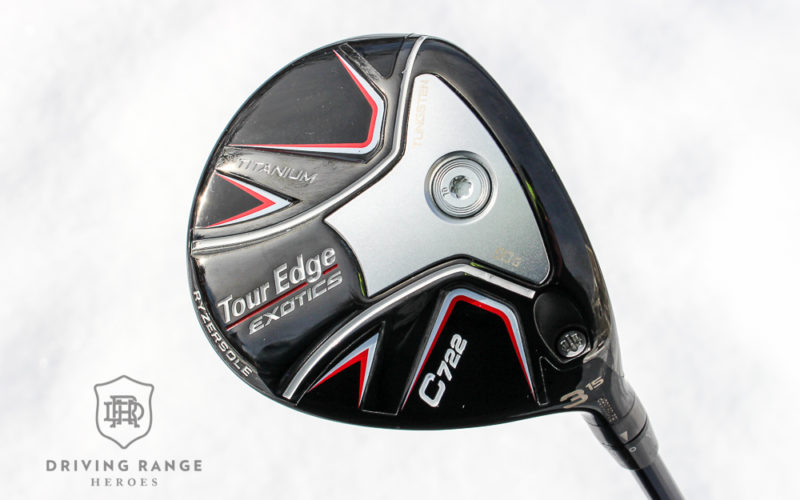


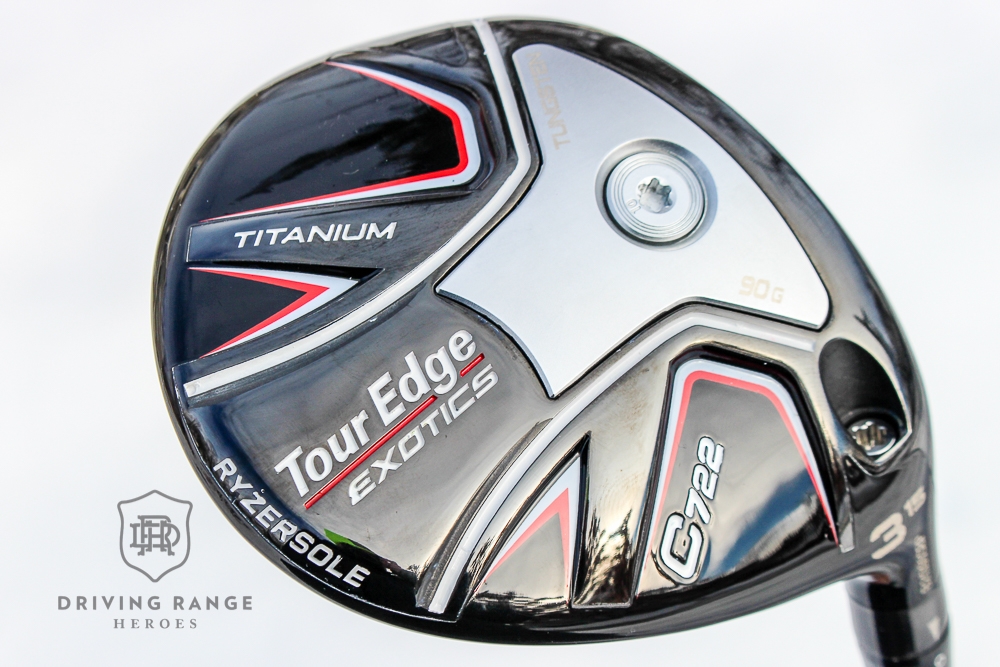

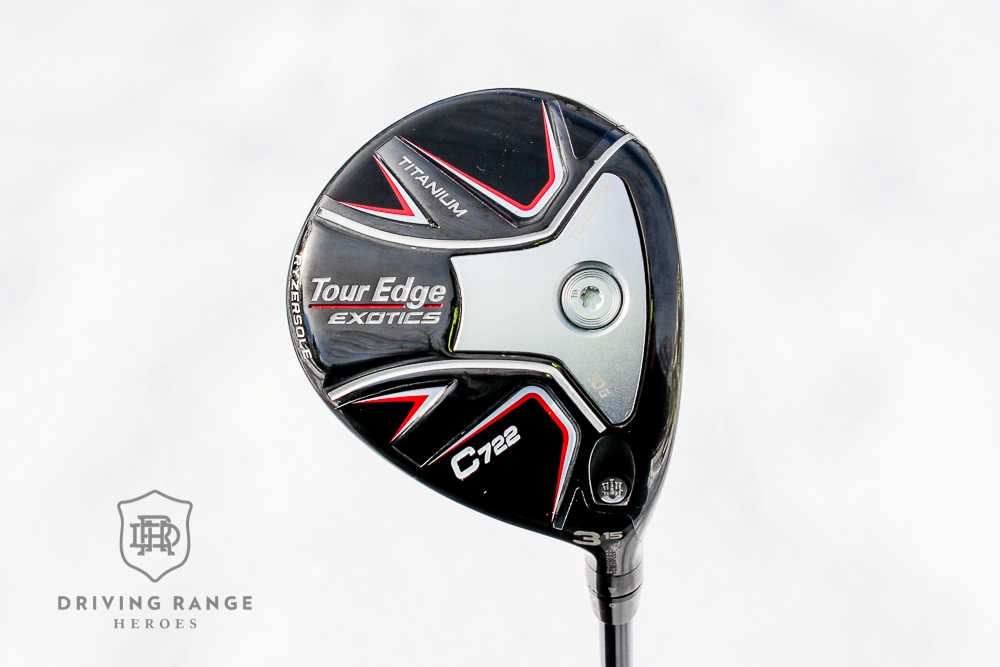
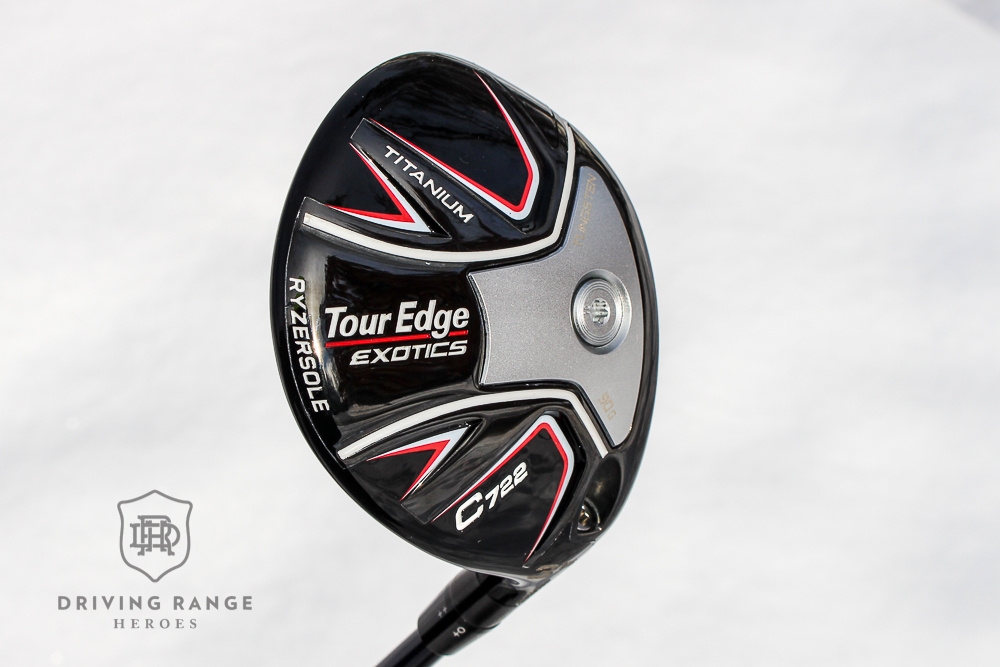
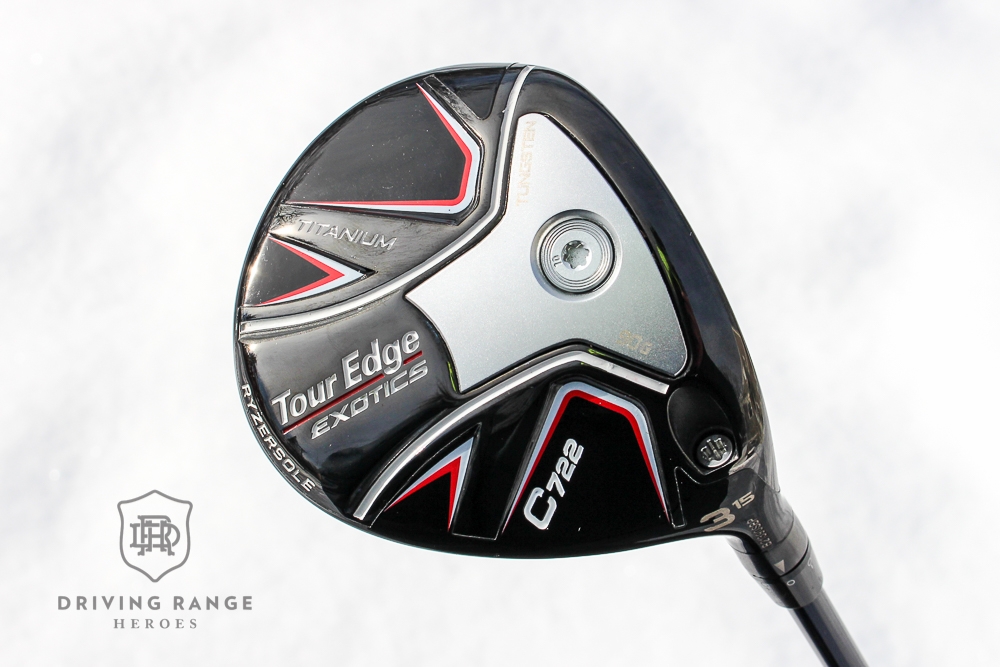
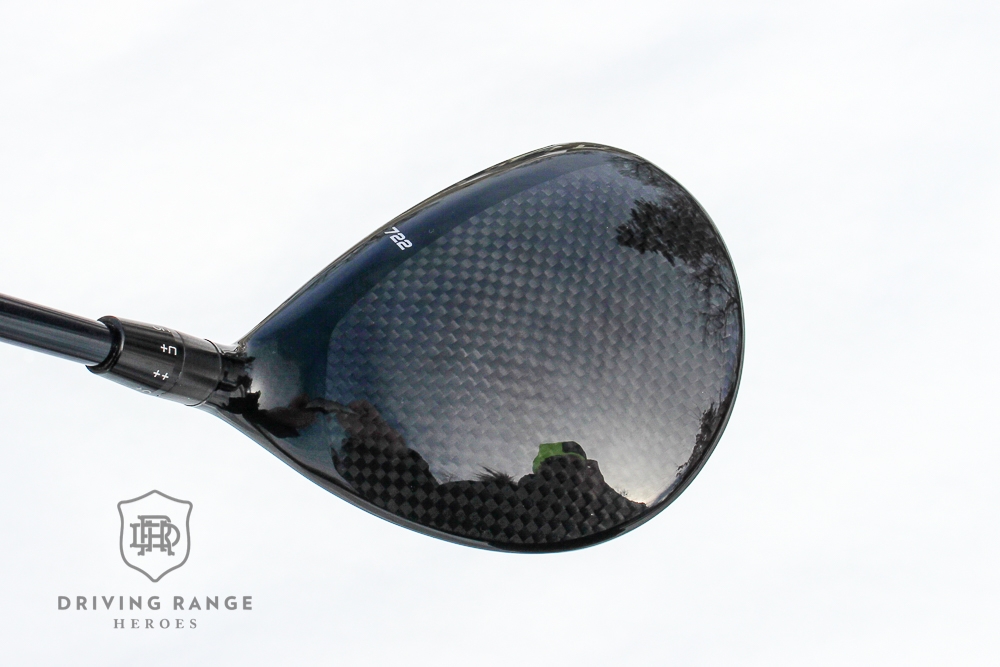
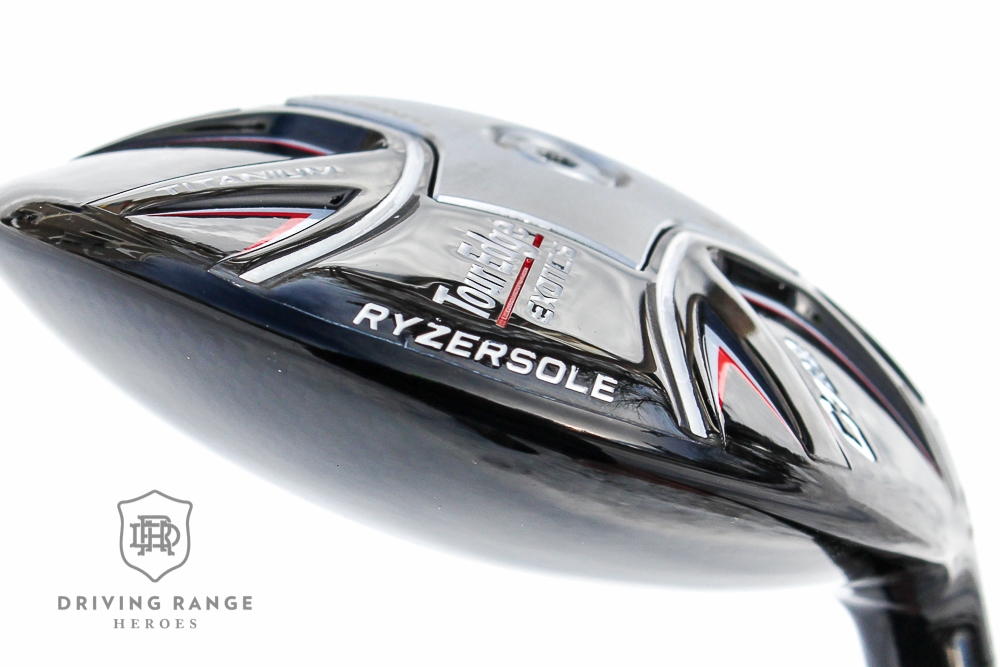
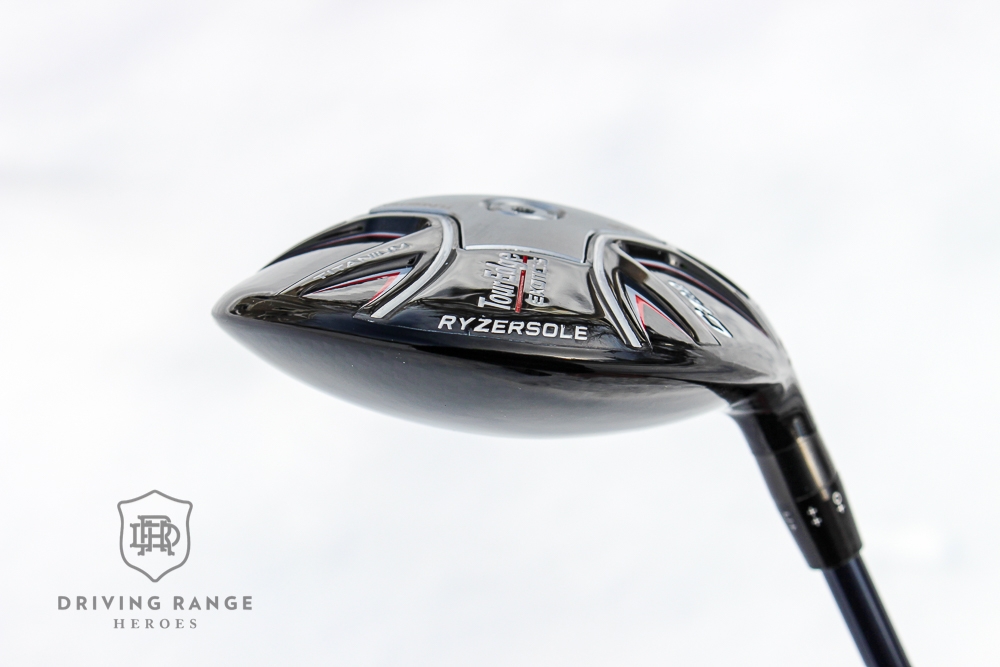
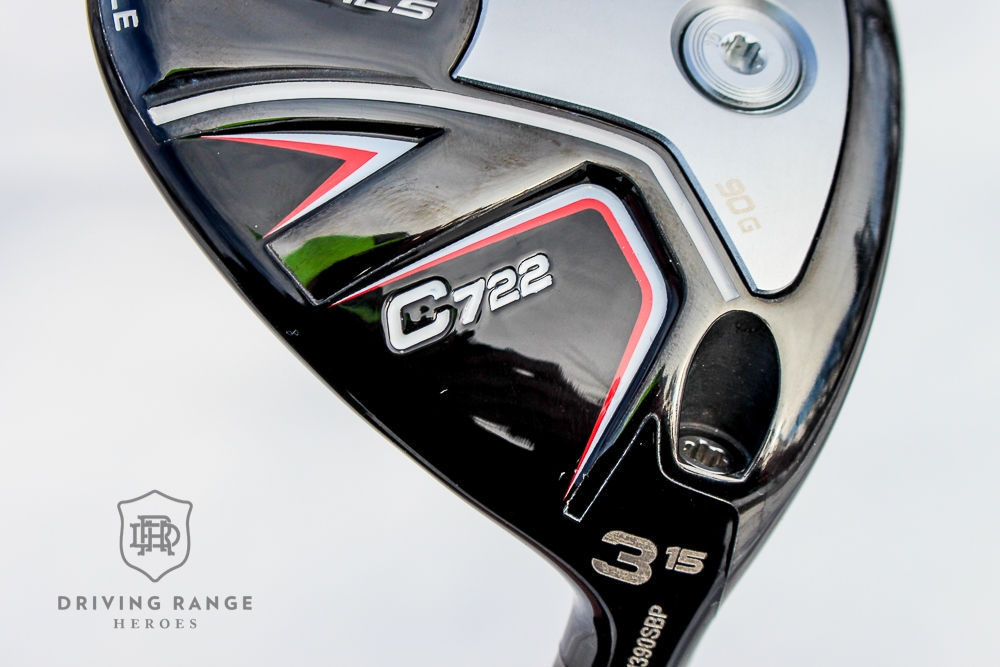
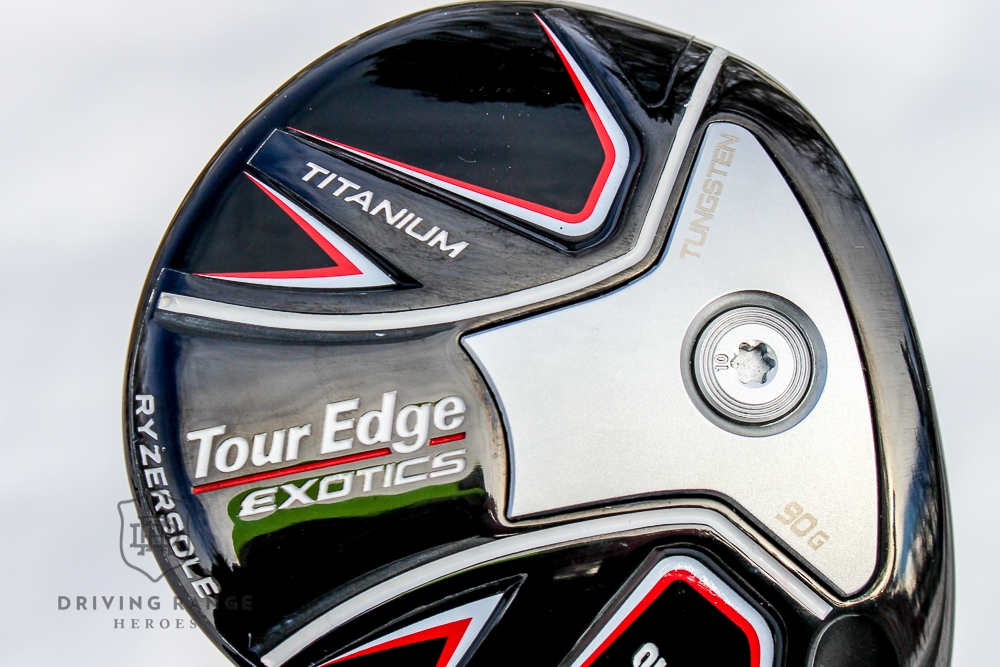

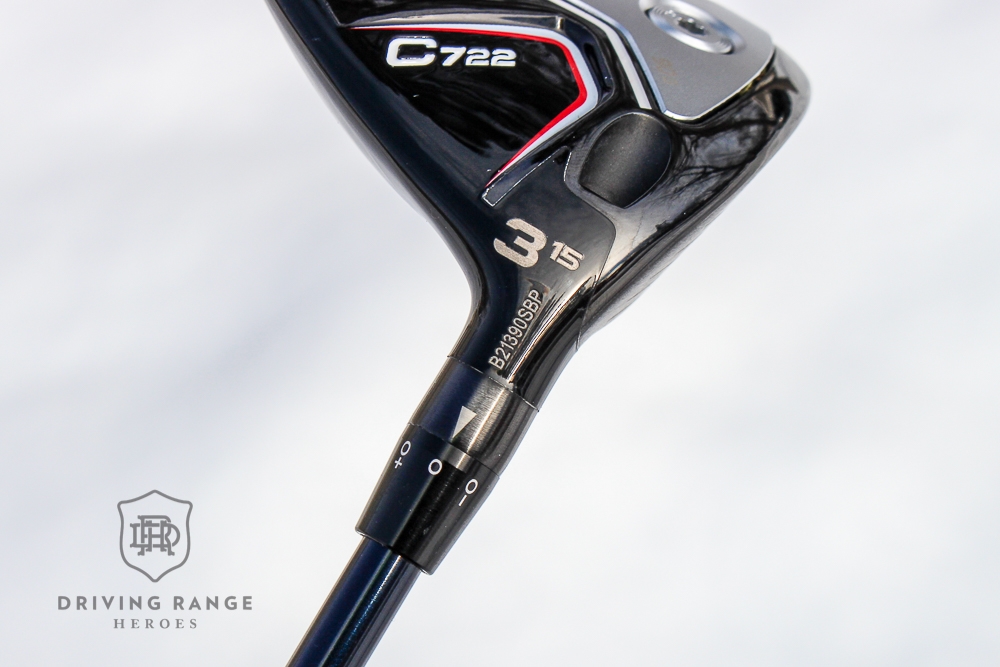
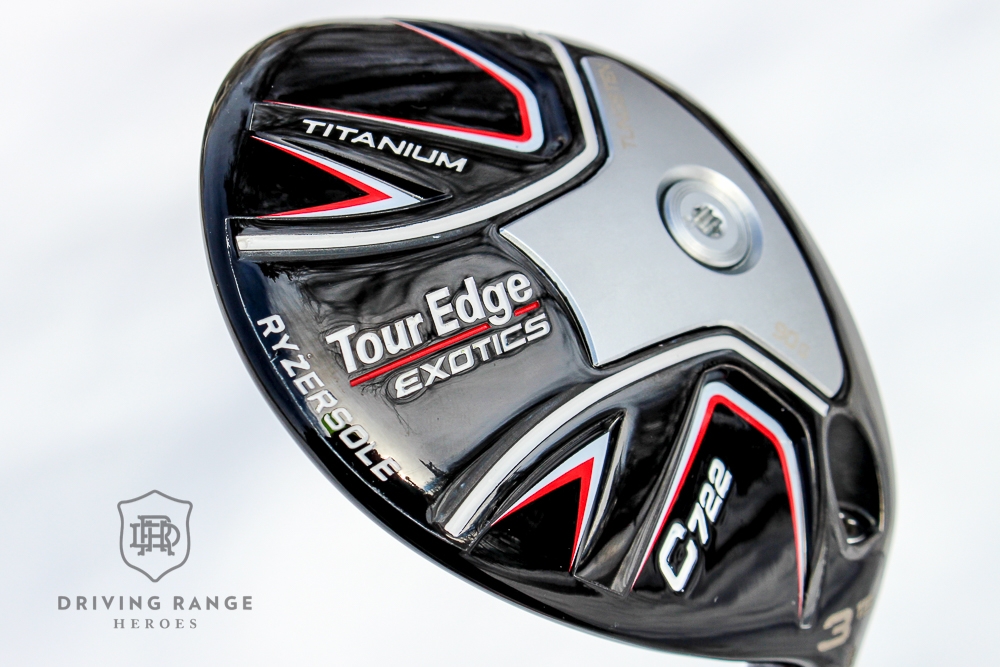
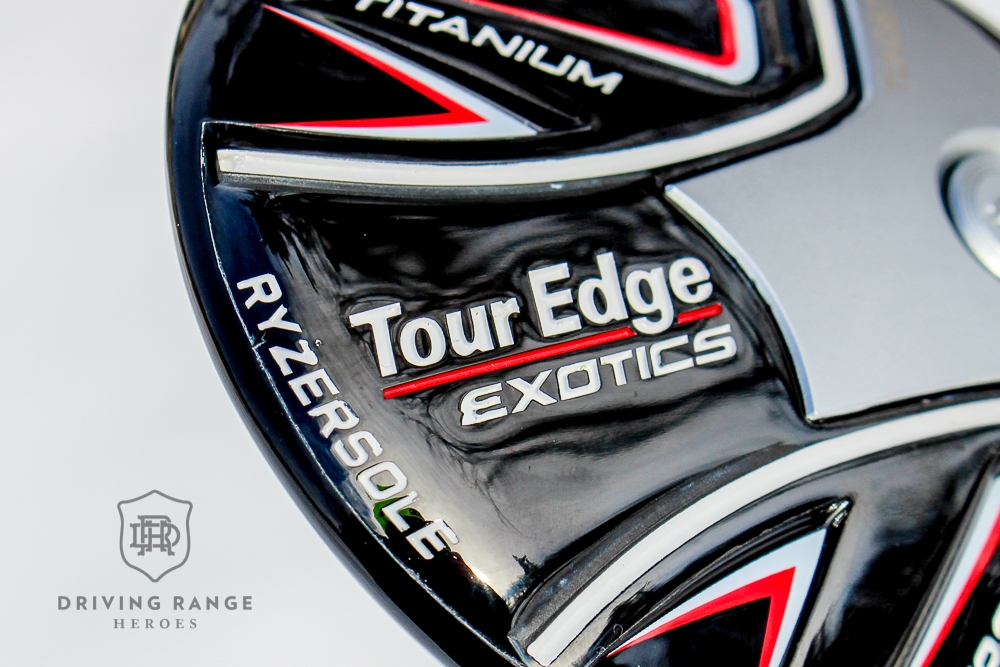
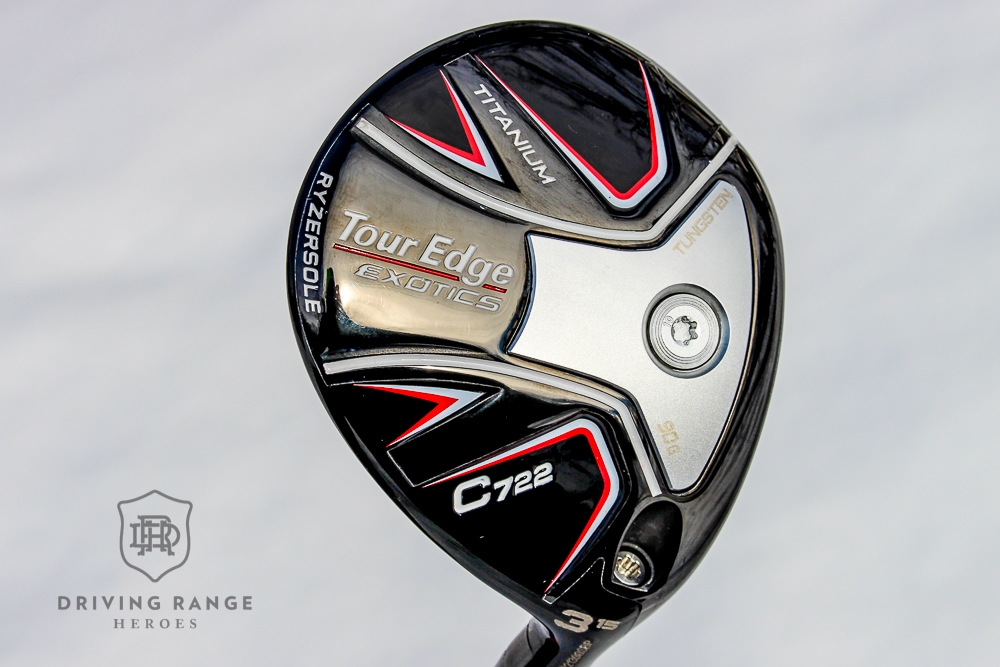
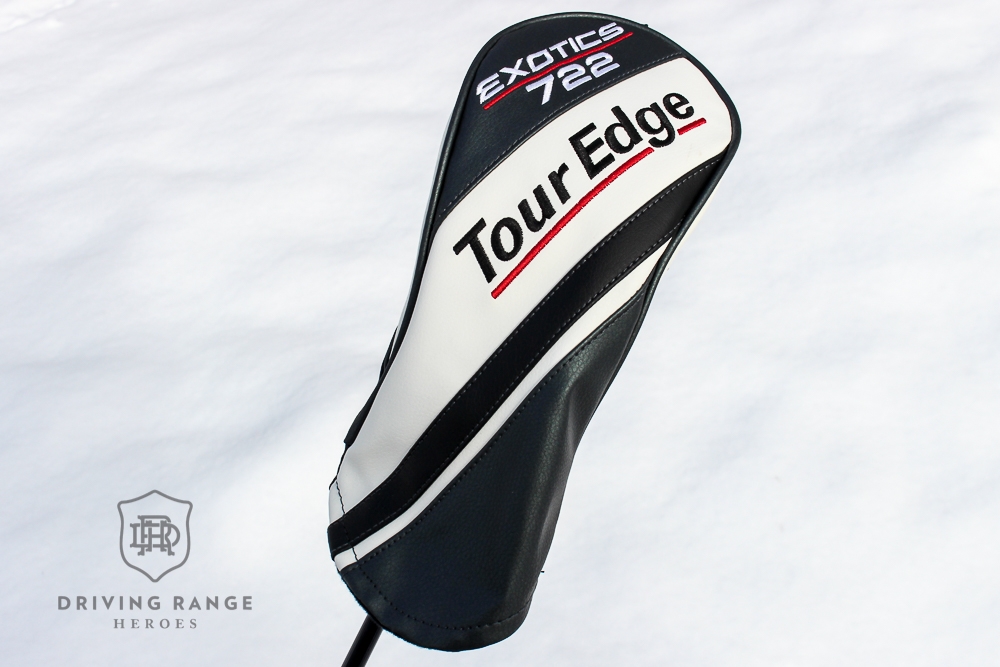
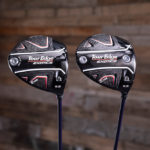

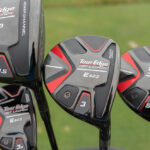
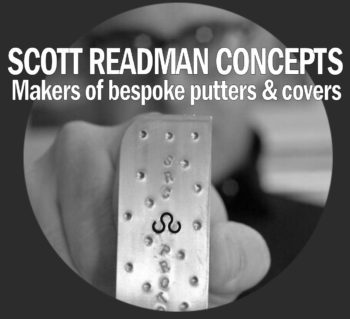











Bill,
This is another review if the C722 I’ve read that suggests even though it’s a better player’s club, mid or high caps might still be successful with it because it’s easy to launch, even off the deck. Agree?
Is the face too deep to use as a second shot into a par 5? And will you guys be reviewing the E722 fairway as well?
Thank You.
Fair question. The difference is really in “controlability”. The C722 is more workable and controlled by the golfer, whereas the higher MOI of the E722 is best suited for straight and long shots. So if you get wiggly with a fairway wood, the E722 will be more stable.
I plan on covering this specific comparison more in depth when we record our Gear Talk video for these clubs.
E722 fairway wood will be reviewed here, yes.
The pictures you have used (of the crown and club face) are from the E722……not the C722. C722 has continuous score lines across the club face.
I can 100% promise you that is not the case in this post. I still have both clubs in my possession (E722 is in my bag as well) and remember when I took all these pictures. I just looked at both of them and I’m not seeing what you’re seeing…